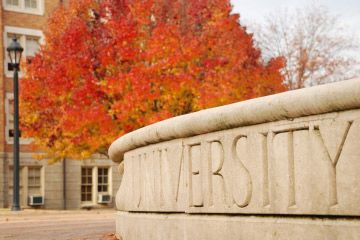Maybe you always knew you were destined to go to college -- your parents even had a mobile depicting their alma mater's mascot hanging over your crib. Maybe you always had a career in mind and knew that college was the only route to get there. Perhaps you simply drifted into higher education after high school because it seemed to be the right thing to do. Or maybe you reached the decision to go to college a little later in life, after a few years in the working world convinced you that you were headed nowhere without a degree.
Regardless of the path you took, now you're faced with that timeless question: How do I pay for my postsecondary education? In 2009, a year's tuition and fees at a private four-year school averaged around $26,000, while costs for public four-year institutions averaged around $7,000 [source: College Board]. Although many students can qualify for scholarships, and you should certainly explore every opportunity, you're probably going to need some help from the U.S. Department of Education in order to pay for your college education. That assistance can come in the form of grants, loans or work-study programs, most of which are based on financial need.
Advertisement
Grants don't have to be repaid, and about two-thirds of all undergraduate students do receive some grant money, but it's seldom enough to cover all the costs [source: College Board]. Loans are easier to obtain, but they do have to be repaid after graduation. Work-study programs often help fill the gaps in financial aid and offer the opportunity to gain valuable experience and make connections. Student hours are limited and the pay isn't high, but participation in a work-study program can be rewarding for most students. While there are state work-study programs, and many colleges and universities run their own work-study programs, most students earn college cash through the Federal Work-Study Program (FWS). Keep reading to advance your knowledge about the FWS Program, including information about how to apply and what kind of work you can expect to find.
Advertisement




